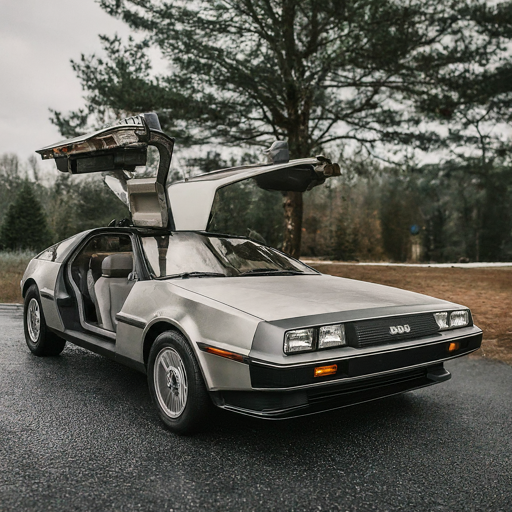A Nostalgic Sip: Alex’s Lemonade Stand in the 80’s
Title: A Nostalgic Sip:
The 1980s – exuberant, colorful and filled with a sense of anticipation for the future. It was a time of leg warmers, big hair, cassette tapes and ‘Back to the Future’ dreams. Amidst all this, there was an unforgettable movement that began stirring in hearts across America – Alex’s Lemonade Stand.
Alex’s Lemonade Stand has its roots not exactly in the 80’s but rather born out of the inspiration of a courageous young girl named Alexandra “Alex” Scott during the early 2000s. Let’s take a step back to understand how this legendary organization has its ties with a time like the ’80s – a period where charity events started gaining momentum.
The 80s – A Decade Sparking Philanthropy
The ’80s were more than just big hair and pop music; it was also an era that inspired people to give back. High-profile charity events like Live Aid and Hands Across America helped ignite communal efforts toward fundraising for various causes. This trend of philanthropy laid groundwork for organizations like Alex’s Lemonade Stand.
The Inspiration Behind Alex’s Lemonade Stand
Alexandra “Alex” Scott was diagnosed with neuroblastoma, a type of childhood cancer, shortly after her first birthday in January 1997. Even at such tender age, she exhibited an undying spirit that transcended her tender age.
When she turned four, she expressed her desire to set up a lemonade stand. But unlike most kids her age who sought to earn some pocket money, Alex had an unflinchingly altruistic motive – she wanted to raise money for doctors so they could help other kids like her fight against cancer.
Much like those storefront lemonade stands symbolic of an enterprising spirit from the ‘80s era, Alex’s pursuit carried the same quintessential charm and simplicity. Yet it had a profound impact that would reverberate across generations.
The Evolution of Alex’s Lemonade Stand
What started as a modest lemonade stand in her front yard became a national fundraising movement. Inaugurated in 2000, Alex’s Lemonade Stand continued to grow each year, embodying the innovative and community-driven spirit of the ’80s.
In 2005, after Alex’s early demise at the age of eight, her parents carried forward their daughter’s mission by founding Alex’s Lemonade Stand Foundation (ALSF). Since then, ALSF has raised over $200 million and funded nearly 1,000 cutting-edge research projects.
A Salute to the Past
Amidst the bright colors and booming music of the ’80s, compassion found its way into many hearts through inspirational movements. Even though Alex’s Lemonade Stand didn’t start in the ‘80s, it indeed pays homage to the philanthropic zeitgeist that dominated that era. ALSF’s core ideology seamlessly blends with an era that prized community effort and selflessness – a testament to how values can transcend time.
Today, we remember not just a decade filled with Aerosmith tunes and iconic Ferris Bueller quotes; we also remember an era that inspired individuals like Alex Scott who, like those charity concerts from decades ago, used something simple – a lemonade stand- to effect monumental change.
And so we toast – with a refreshing glass of lemonade – to an endearing past powered by philanthropy and looking forward to a future free from childhood cancer!
